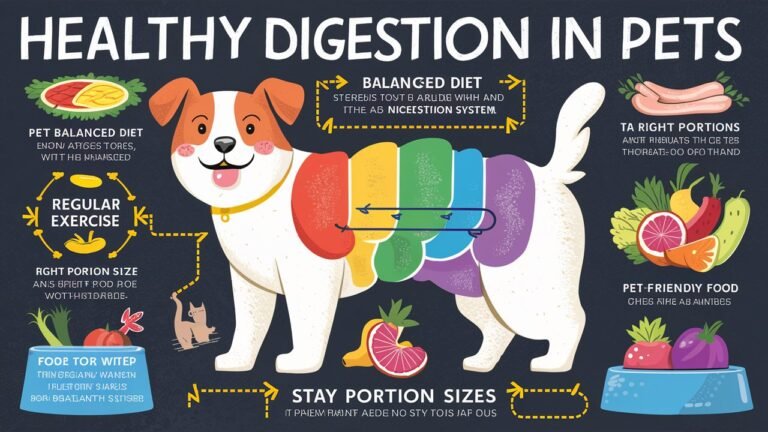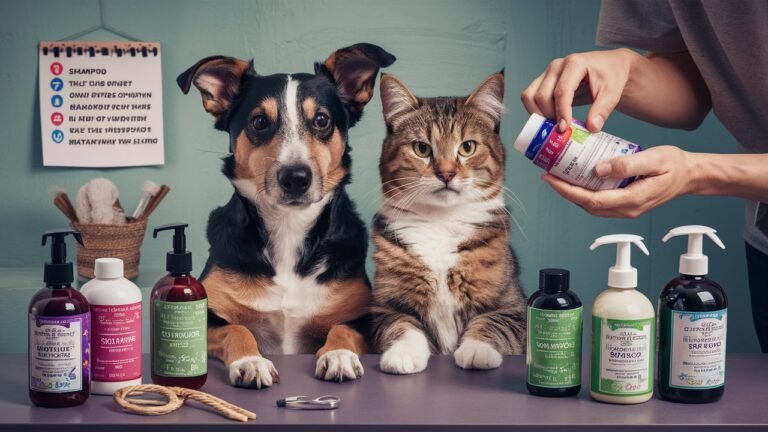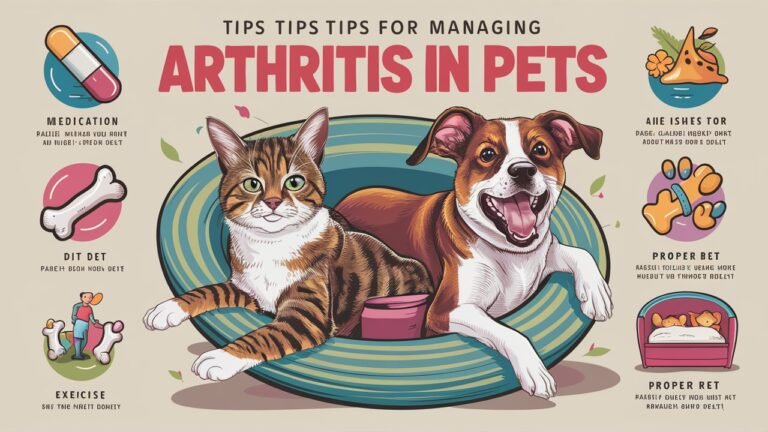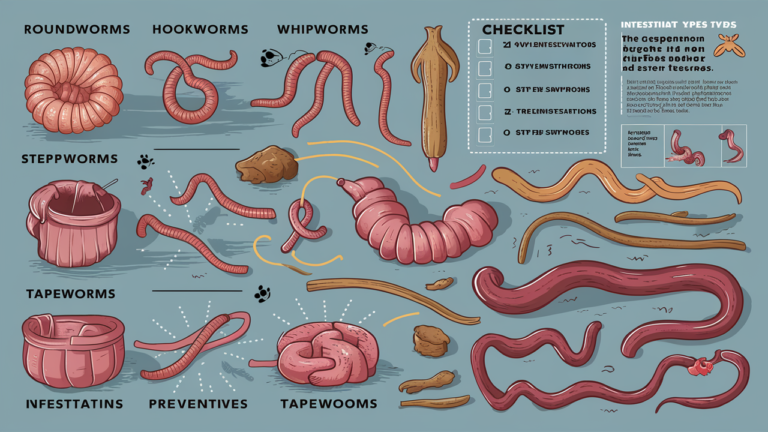The Ultimate Guide to Choosing the Right Cat Food
For cat lovers, there’s nothing quite the purr of a contented feline companion. But just like us, cats thrive on a healthy diet. With shelves overflowing with an array of cat food options, picking the perfect one can feel overwhelming. Fear not, fellow cat parents! This comprehensive guide will equip you with the knowledge to…














